Going for Gold, How Catapult Supports USA Volleyball’s Olympic Mission
In the lead-up to the 2024 Olympic Games, USA Volleyball is using Catapult’s athlete monitoring solutions. This wearable technology has been instrumental in optimizing athletes’ training and performance, ensuring they are primed for success in Paris. Let’s delve into how this technology supports USA Volleyball, aligning with its vision for gold.
USA Volleyball’s Vision and Mission
With an impressive record of 11 gold, five silver, and six bronze Olympic medals, USA Volleyball is committed to maintaining its leadership and reputation through initiatives like the Go for Gold Strategic Plan. This plan guides priorities, decision making, and culture through 2024 Paris and into the 2028 Los Angeles Olympic and Paralympic Games.
Optimizing Performance with Catapult
Kara Kessans, Women’s National Team athletic trainer, explained the primary benefits of Catapult. “Catapult athlete monitoring allows the USA Volleyball staff to better prepare our athletes by allowing us to ‘check our work’ and learn more about how we load our athletes in preparation for competition(s).”
As with any sport, training plans are designed to periodize training volumes and intensities to optimize player performance in competition. Objective metrics from Catapult allow coaches and sports performance staff to understand what constitutes a low, medium, or high day. This allows for more precision in the periodization of a particular training plan.
This system helps USA Volleyball coaches and performance staff analyze session and drill outputs, augmenting training preparation every week. “The benefit of having a system like Catapult is being able to visualize our plans in action and add numeric values to the training themes,” Kessans said.
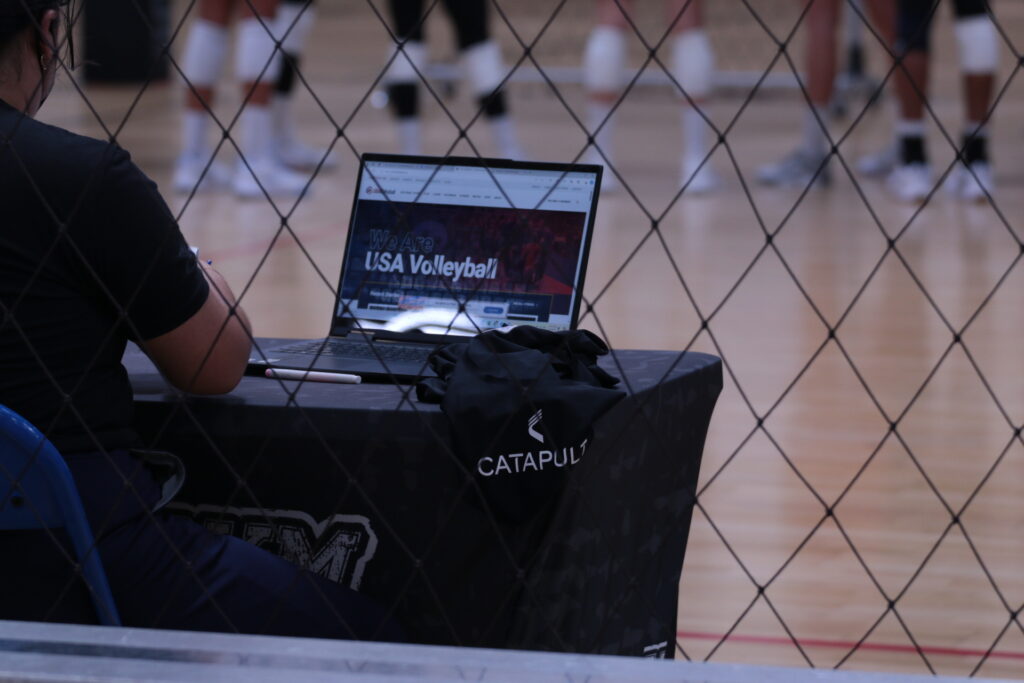
Mitigating Injury Risk
This consistent data collection also helps mitigate the risk of injury caused by overloading or underloading athletes. The ability to monitor loads live during practice sessions is also crucial.
“The technology is used live to monitor the loads of the athletes through a practice session,” Kessans said. This real-time data helps coaches adjust training intensity to prevent injuries and ensure optimal performance.”
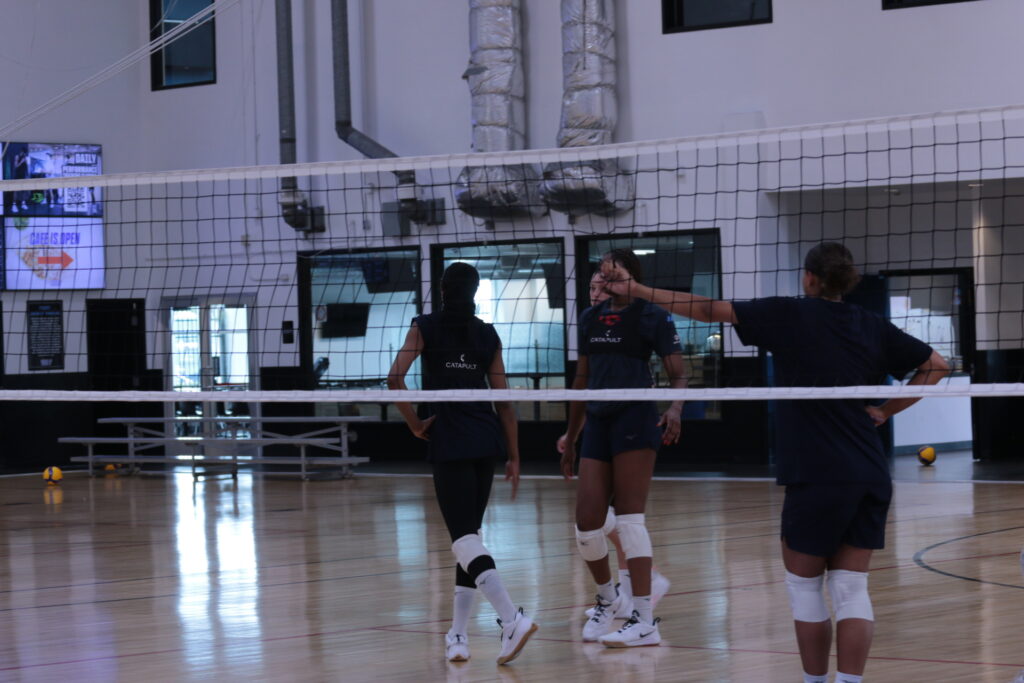
Key Metrics for Performance and Health
In the application of Catapult data, USA Volleyball currently focuses on several key metrics: jump count, high-intensity player load, player load by minute, and high IMA Jump.
According to Kessans, “Jump and swing count have been monitored consistently over the last several years, so we started with a variable that coincides with our original data and added in player load metrics to understand the overall volume and intensities of each individual and position group to allow us to provide us meaningful context to the data.”
This data allows the staff to understand what contributes to an athlete’s higher intensity loads, enabling better training adjustments. Monitoring player load per minute also helps compare the pace of different drills and match sets, providing insights for optimizing training sessions.
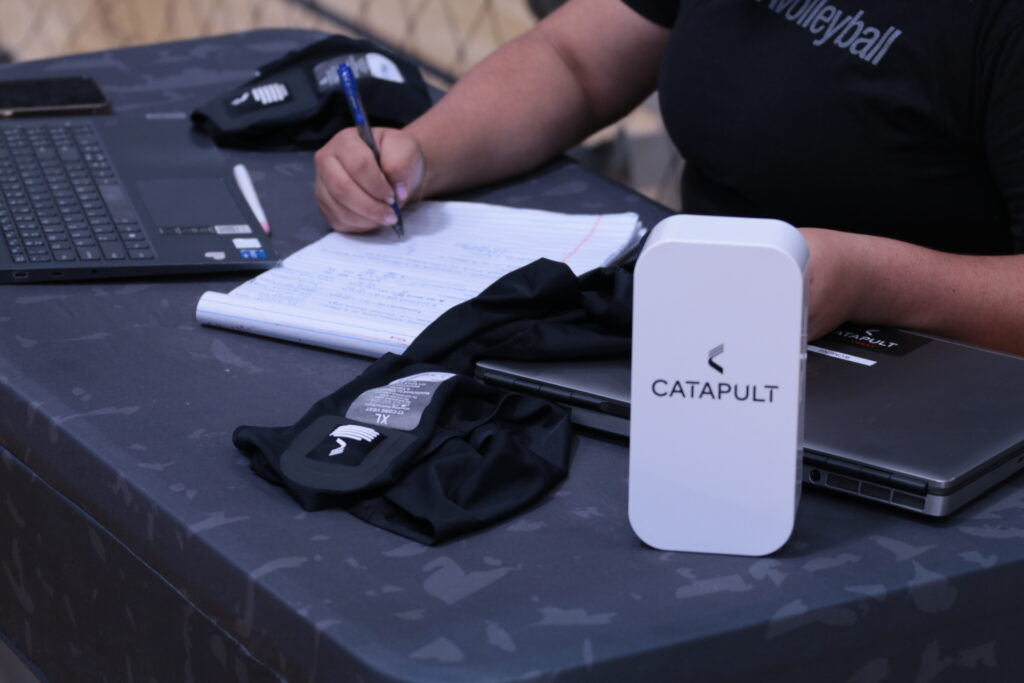
Returning Injured Athletes to Play
One of the significant advantages of Catapult is its role in returning athletes to play after injury. “The USA Volleyball staff has been able to use Catapult data to aid in returning players to competition,” Kessans said.
Having access to an athlete’s data provides us with objective volumes and intensity goals. Monitoring their loads during rehabilitation is an invaluable tool that allows for incremental and steady progression toward the goal.
“Over time, the devices continue to improve and offer more ways to see your data whether live or after the session. Catapult has now given us the ability to look at the overall comprehensive movements of our athletes on the court, which gives us a better picture of the individual’s athlete loads. We can build on this as we are returning our athletes back from injury, periodizing through the week for that individual or position group and ultimately trying to decrease the number of injuries over time.”
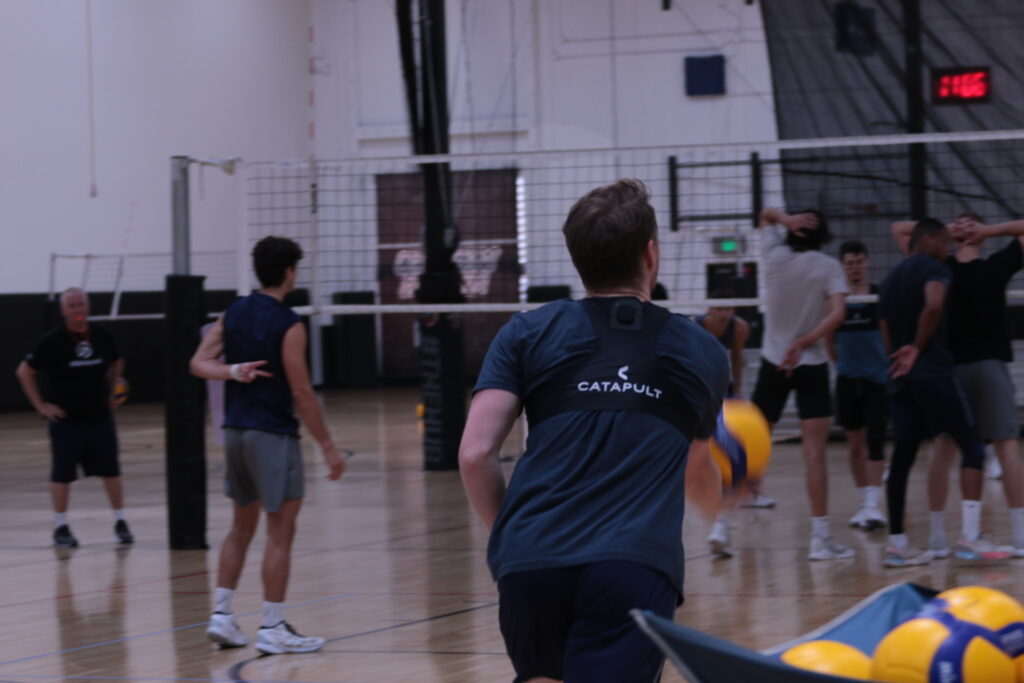
Communication and Usage of Data
Effective communication of data is vital for integrating Catapult into training routines. Kessans noted, “Data is communicated to the performance and medical staff daily, which allows them to update coaches on training outputs and individual athletes’ progress.” Automated dashboards and the ease of accessing data via the cloud make this process efficient.
During the offseason, remote monitoring allows athletes to stay connected with the training staff. This feature proved beneficial as it provided insights into the types of loads athletes were hitting during their club seasons, fostering a better understanding and use of Catapult data.
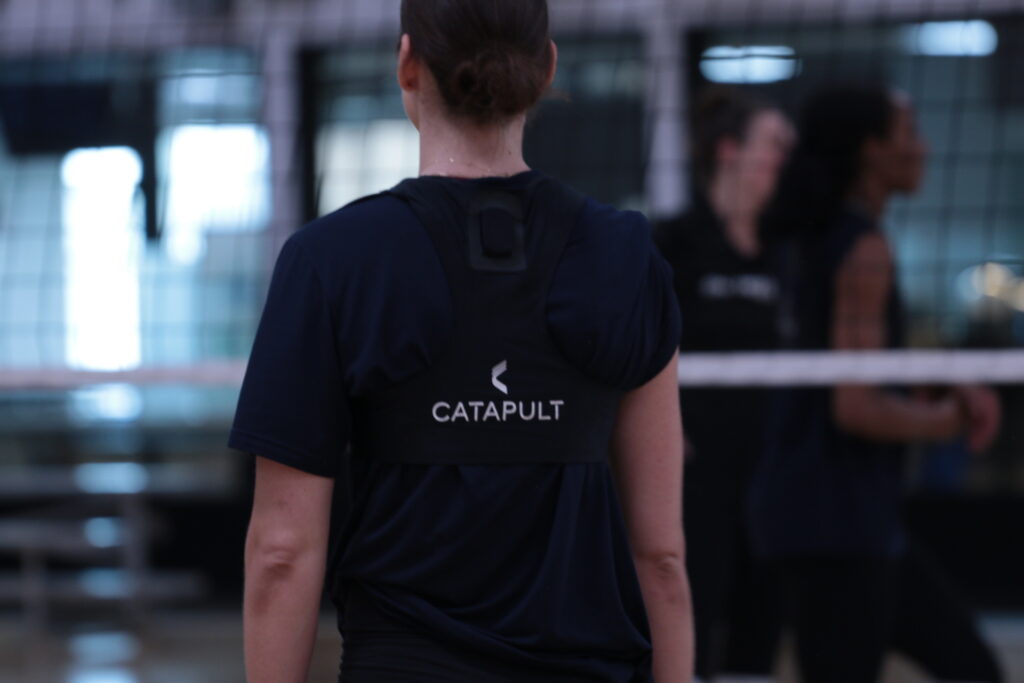
2024 Paris Olympic Games: Going for Gold together
Catapult’s solutions have improved the training and performance strategies of USA Volleyball. By providing detailed, real-time data, Catapult allows coaches and performance staff to tailor training sessions, monitor athlete loads, and mitigate injury risks effectively.
As USA Volleyball continues to prepare for the 2024 Olympic Games, the integration of this technology underscores its commitment to excellence and innovation, in line with its vision of creating a safe, inclusive, and positive volleyball experience and its mission to lead, serve, and inspire the volleyball community.